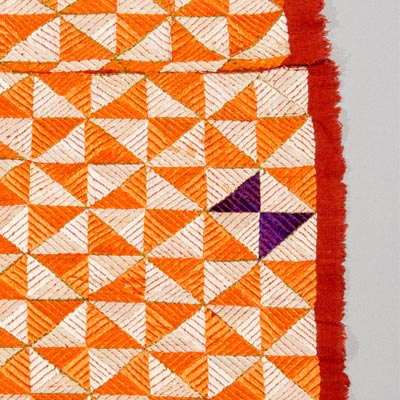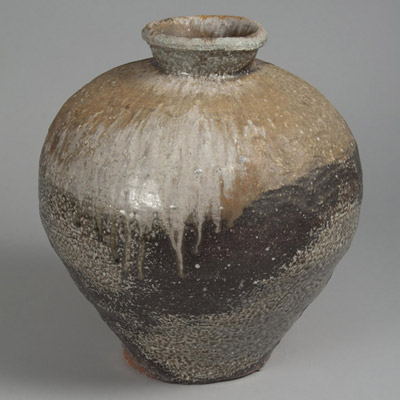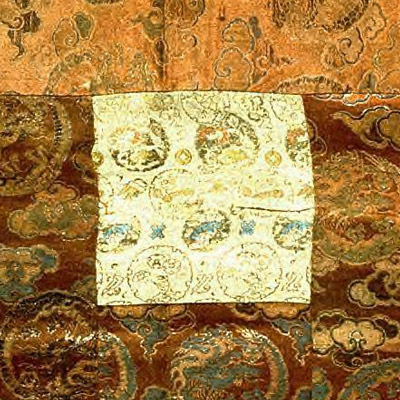Deliberate Imperfection
"Nothing we see or hear is perfect. But right there in the imperfection is perfect reality." (Shunryu Suzuki, 1904-1971)
Any crafted object reveals something about the person who made it and the society in which they live. This is also true of imperfect objects—and perhaps especially for those objects deliberately crafted to appear imperfect. Why does a skilled artist choose to make an object less than perfect?
Artists and crafters of diverse cultural traditions provide various answers to this question. The objects exhibited here allow us to consider how and why artists in India, the Navajo Nation, and Japan added asymmetries and other disruptions to their works. Women in South Asia's Punjab region stitched their family's history into intricately embroidered shawls, upsetting their perfect symmetry. A Navajo weaver created a path to allow her spirit to escape her textile. And Japanese potters from the 16th century to the present have shaped beautifully irregular vessels that illustrate the wabi sabi aesthetic, which sees beauty in the imperfect, impermanent, and incomplete.





